Spain
Spain signs up as 25th nation in Artemis pact


Officials from NASA and the U.S. State Department gathered in Madrid Tuesday as Science and Innovation Minister Diana Morant signed off for Spanish agreement to the Artemis Accords, marking the 25th nation to join the U.S.-led treaty to govern conduct in orbit and beyond.
Spanish Space Budget, 2009-2021
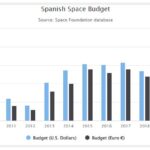

Space activities in Spain are coordinated by the Instituto Nacional de Tècnica Aeroespacial (INTA) within the Ministry of Defense.
European Space Industry Employment, 2011-2021
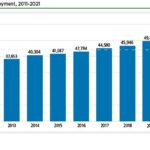

European space employment was 53,051 in 2021, an increase of 5.4% from the total of 50,317 from 2020. This estimate is based on analysis by Eurospace, the trade association of the European Space Industry. The analysis focuses on the space manufacturing industry; space services companies such as Ariane- space, SES, Eutelsat, and Inmarsat which also employ thousands of individuals, are not included.
Europe Continues to Lead in Global Workforce Job Growth


The space industry relies on skilled individuals from a wide variety of fields to enable the cutting-edge developments taking place in this sector. While many countries do not regularly produce metrics on the size of their workforce, these data are available for several major space actors, including the United States, Europe, Japan, and India.
2021 TSR – Space Symposium Special Edition: Global Space Economy Climbs Despite Pandemic, Disrupted Government Spending

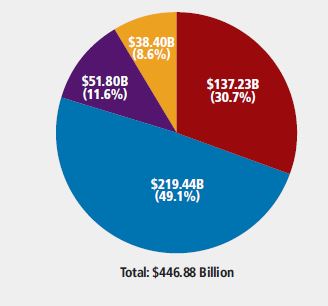
The global space economy reached a new high of nearly $447 billion in 2020, an increase of 4.4% from a revised 2019 figure of $428 billion. The 2020 figure is 50% greater than a decade ago, and 176% greater than . . .
2020 Global Space Economy Climbs Despite Turbulent Year, Disrupted Government Spending
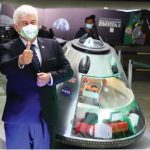
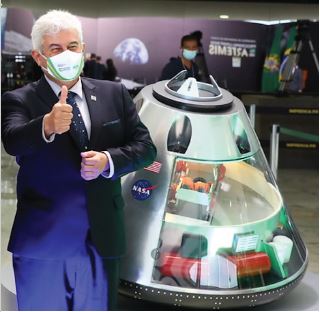
International successes in space, such as the Hope, Perseverance, and the Zhurong missions to Mars, don’t happen without years of advance government spending. In 2020, as nations struggled to overcome a global pandemic, space spending varied widely across countries and agencies.
2020 TSRQ3 – Infrastructure: Human Spaceflight


Since Yuri Gagarin’s orbital flight around the Earth in April 1961, humans in pioneering new technologies and pushing the limits of what’s considered possible. This year ushered in a new era of human spaceflight when SpaceX became the first . . .
2019 TSRQ3 – Education STEM Proficiency


The science, technology, engineering, and mathematics (STEM) workforce is at the core of the space industry—from the mathematicians and astronomers who analyze space to the engineers who design and build the launch vehicles that get us there. This workforce is enabled . . .
2019 TSRQ2 – Economy: Non-U.S. Government Space Investment


Growth in the government investment sector of the space economy outpaced commercial sectors as the U.S. and non-U.S. government shares of the global space economy between 2017 and 2018. . .
2018 – Workforce: Space Workforce

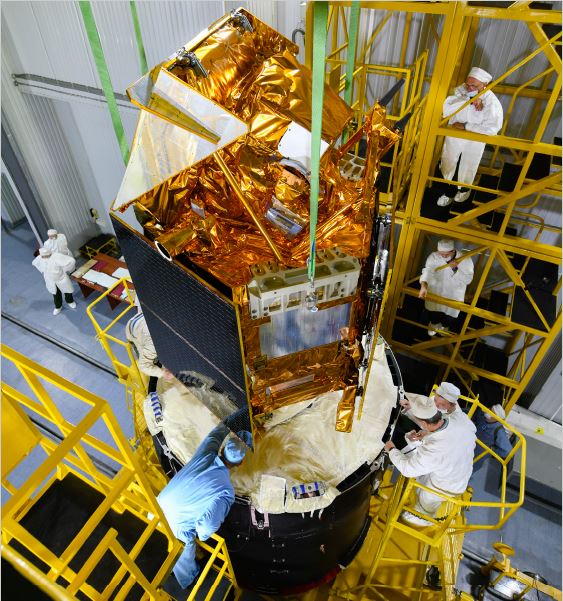
The global space industry employs hundreds of thousands of individuals in well-paid cutting-edge technology jobs, and it relies on a pool of highly qualified workers to fill new jobs as they arise. Trends among this workforce, including its size, age breakdown, average pay . . .